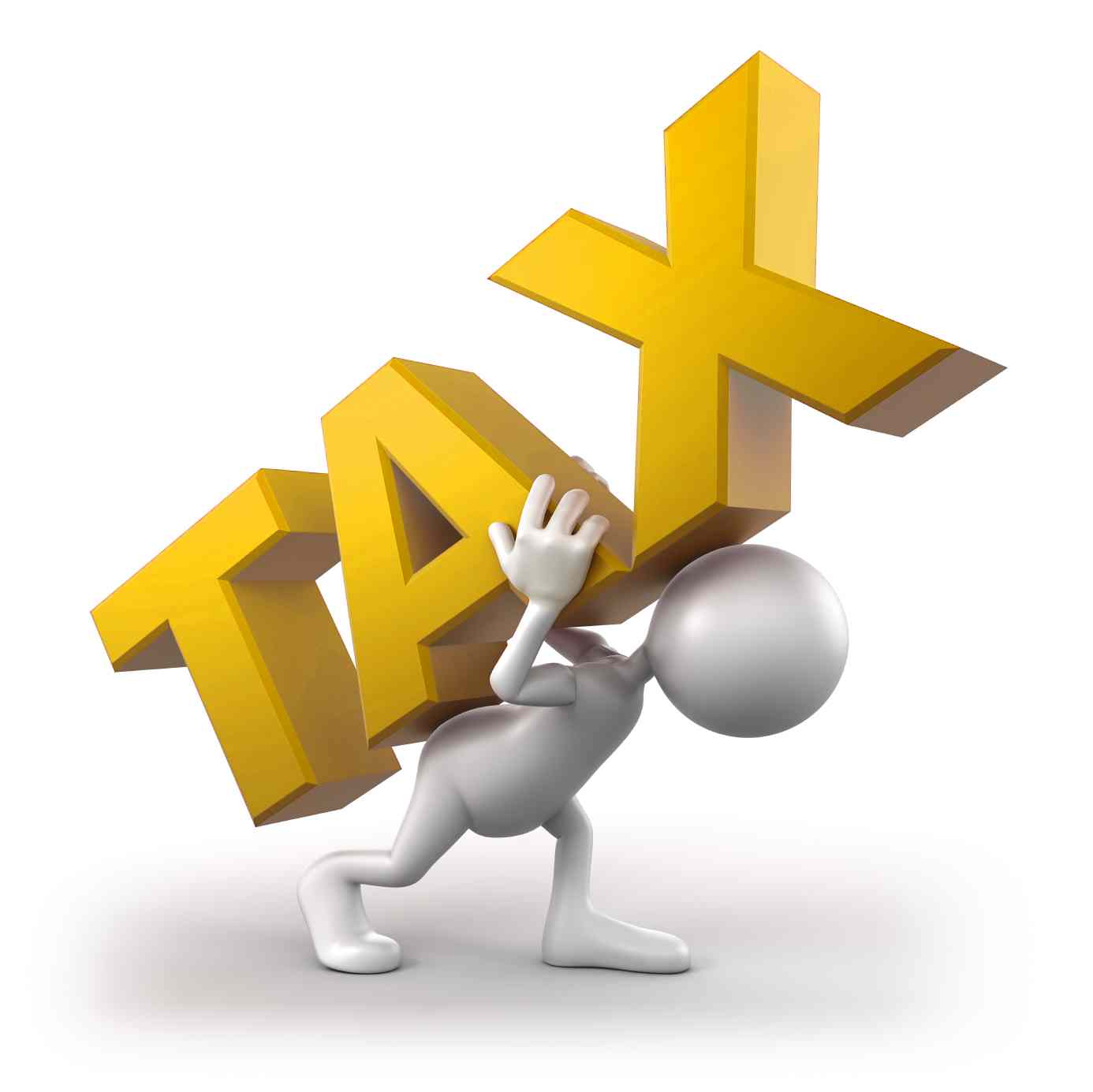Investing
Top tips for ISA season 2013

Whether you are new to the world of ISAs or just need a refresher, these tips are essential for all investors.
With just over five weeks until the end of the current tax year, Nutmeg.com, offers top tips for ISA investors to help make the most of tax efficient allowances available, before the deadline on 5th April.
1) Every year the Government gives you a tax-free allowance in the form of an Individual Savings Account – commonly known as an ISA. There are two sorts of ISA – a cash ISA and a stocks and shares ISA. A cash ISA normally has an interest rate related to the Bank of England’s base rate. A stocks and Shares ISA, on the other hand, can go up and down in value, depending on the underlying value of the assets it holds.
2) In the current tax year, which runs from 6th April 2012 to 5th April 2013, you can put up to £11,280 in your ISA. You can put all of that into a stocks and shares ISA. Or you can put up to £5,640 in a cash ISA, putting the rest into a stocks and shares ISA.
3) Savers have paid £210bn into ISAs since their launch in April 1999.
4) ISAs replaced PEPs (Personal Equity Plans) and TESSAs (Tax Exempt Special Savings Accounts). Neither were particularly simple. Up to £9k could be deposited into a TESSA over five years, limited to £3k in the first year and no more than £1.8k each subsequent year. PEPs were distinguished between General PEPs, which had a maximum deposit of £6k, and Company PEPs, which had a maximum of £3k.

Wellness and wellbeing holidays: Travel insurance is essential for your peace of mind
Out of the pandemic lockdowns, there’s a greater emphasis on wellbeing and wellness, with
Sponsored by Post Office
5) When they were first launched, ISAs were quite complicated, too. If you paid even £1 into your cash ISA, your stocks and shares ISA limit was reduced by £3k. The allowance also included a life assurance ISA of up to £1k. This unpopular product was scrapped in April 2005.
6) The ISA limit has slowly increased. When they were first launched in 1999, the total allowance was £7k. This was raised to £10,200 in 2010/11 (having already been raised for people over 50 from October 2009). In March 2011, the Chancellor announced that the annual ISA allowance would rise in line with the retail price index.
7) “ISA season” is the name the financial services industry gives to the final few weeks of the tax year (normally starting at the beginning of March) which sees the lion’s share of ISA deposits – and of ISA advertising money. Many Cash ISA providers offer bonus rates which expire after a year in a bid to attract new business.
8) There have been fears for the 2013 ISA season as cash ISA rates continued to tumble in January. In 2012, it was easy to get an ISA paying over 3%. By late January it was difficult to secure 2.5%. This is partly because the Government’s £80 billion Funding for Lending scheme has made banks less reliant on savers’ deposits.
9) In the tax year 2011/2012, of the £53.9bn invested in ISAs, more than £38bn (70%) went in to cash ISAs.
10) “Stocks and shares ISA” is a confusing label. A Stocks and Shares ISA can, in fact, be invested in anything from equities to corporate bonds, gilts to gold, unit trusts to wheat futures.
11) If you use your stocks and shares ISA to invest in interest-bearing investments, such as corporate bonds and gilts, the interest is entirely tax-free. £10,000 invested in a bond fund paying an average interest coupon of 5% would grow to £26,533 over 20 years, assuming no fall in capital values. The same amount held outside an ISA, and subject to 50% tax, would be worth £16,386.
12) If you earn dividends from your investments outside an ISA, you pay tax of 32.5% if you’re a higher rate taxpayer and 42.5% if you’re an additional rate taxpayer -although 10% of this is automatically deducted before you receive the dividends. If you’re investing via an ISA, you pay only 10% tax on the dividends. Basic rate taxpayers also don’t need to pay additional tax on dividends, regardless of whether they hold the assets within a stocks and shares ISA or not.
13) You can transfer a cash ISA to another cash ISA provider or to a stocks and shares ISA. You can also transfer a stocks and shares ISA to another stocks and shares ISA provider. You can’t, however, transfer a stocks and shares ISA to a cash ISA.